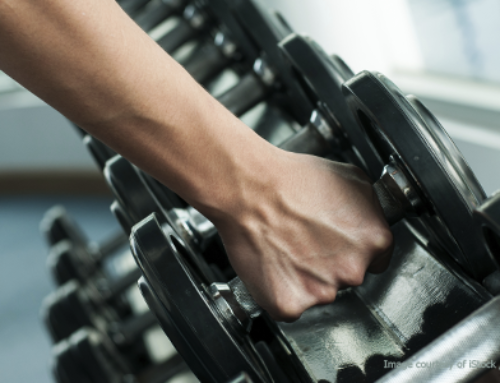Protecting Your Nerves and Joints
From head to toe, your every action depends on the commands of your nerves and the mobility of your joints. If either is damaged or obstructed, simple actions become difficult, and pain and illness can develop.
The way we treat our joints and soft tissues at work can be quite dangerous. In 2011 alone, there were 2,986,500 reported nonfatal injuries and illnesses that occurred in the workplace. Of those, 523,140 were cases involving muscles, ligaments, tendons and joints.
A host of other workplace-related issues are costing employers millions and causing employees to suffer. To name a few, these injuries include:
- TMJ (the jaw joint) issues
- Spinal disc problems in the neck and low back
- Strain-induced headaches
- Carpal tunnel syndrome (as well as other neurological and vascular problems)
Predominantly caused by joint problems in the spine that inhibit the function of the nervous system, these injuries result in lost wages and lost work days.
Most ergonomic issues, like spinal injuries, are repetitive in nature. Ergonomics must be considered not only while lifting heavy loads, but also when you repeatedly lift something lightweight.
You must also be aware of the position you’re in while typing, writing or performing any other work-related tasks. These repetitive positions challenge your musculoskeletal system week after week, to the point where these frequently stressed areas become a problem. Sitting, standing, typing or slouching at your work area every day can actually be hundreds of times more damaging than jobs typically considered to be more perilous (e.g., heavy lifting, construction, police work, or fishing for crab in the Pacific).
Wellness at Work
Your posture is the window to your spine, and your spine is literally the backbone of health and function.
Over a prolonged period of time, a nine-to-five desk job can seriously hinder your nervous system. To learn more about healthy ergonomics in the workplace, ask your doctor or team member about the Maximized Living Corporate Wellness Program.
Sources
-
McGill S. The biomechanics of low back injury: implications on current practice in industry and the clinic. Journal of Biomechanics 1997;30:465-475
-
Kumar S. Cumulative load as a risk factor for back pain. Spine 1990;15:1311-1316










Connect With Us